Word identification Reading Worksheets for Ages 6-9
7 filtered results
-
From - To
Unlock the magic of reading for children ages 6-9 with our expertly crafted Word Identification Reading Worksheets. Designed to build essential literacy skills, these engaging activities focus on helping young readers recognize and understand words in context. Each worksheet offers a mix of fun exercises, like matching words to pictures, filling in blanks, and contextual stories, making learning interactive and enjoyable. Perfect for use at home or in the classroom, our worksheets support early reading proficiency—ensuring that children develop the confidence to become fluent, independent readers. Make reading a delightful adventure today with Kids Academy’s engaging resources!
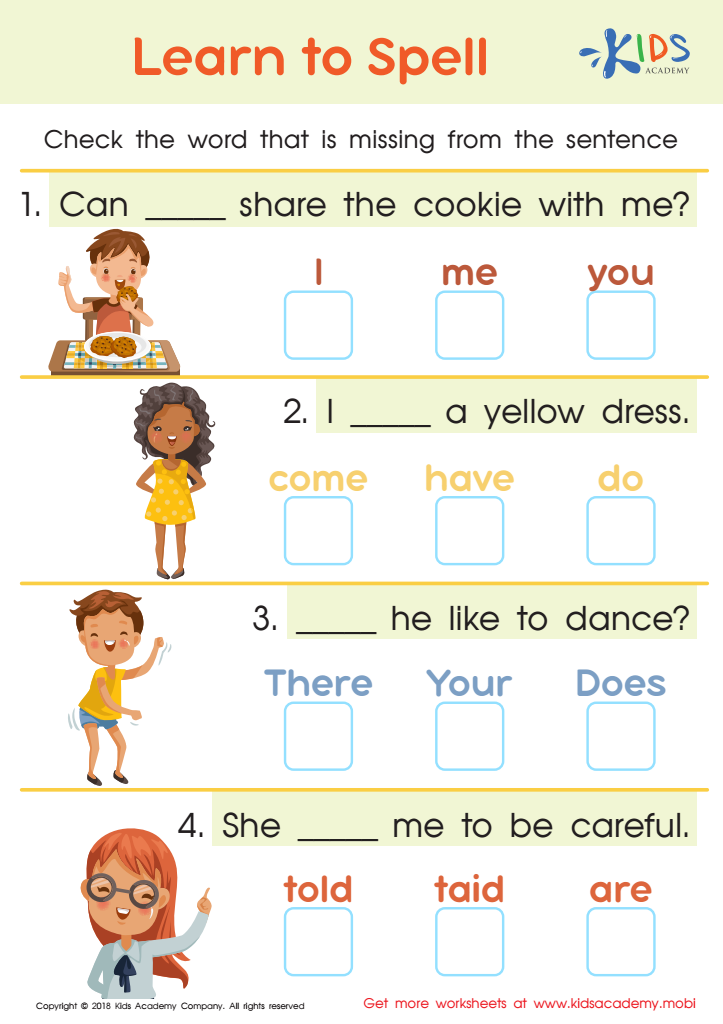

Learn to Spell Worksheet
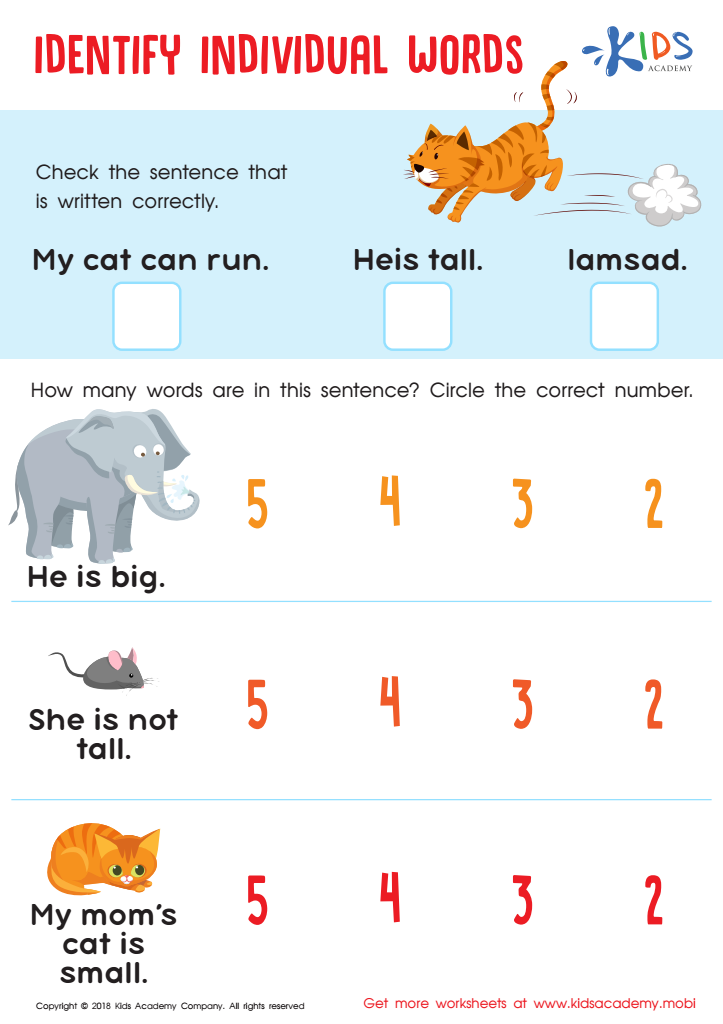

Identify Individual Words Worksheet


Phonics and Word Recognition: Assessment 1 Worksheet
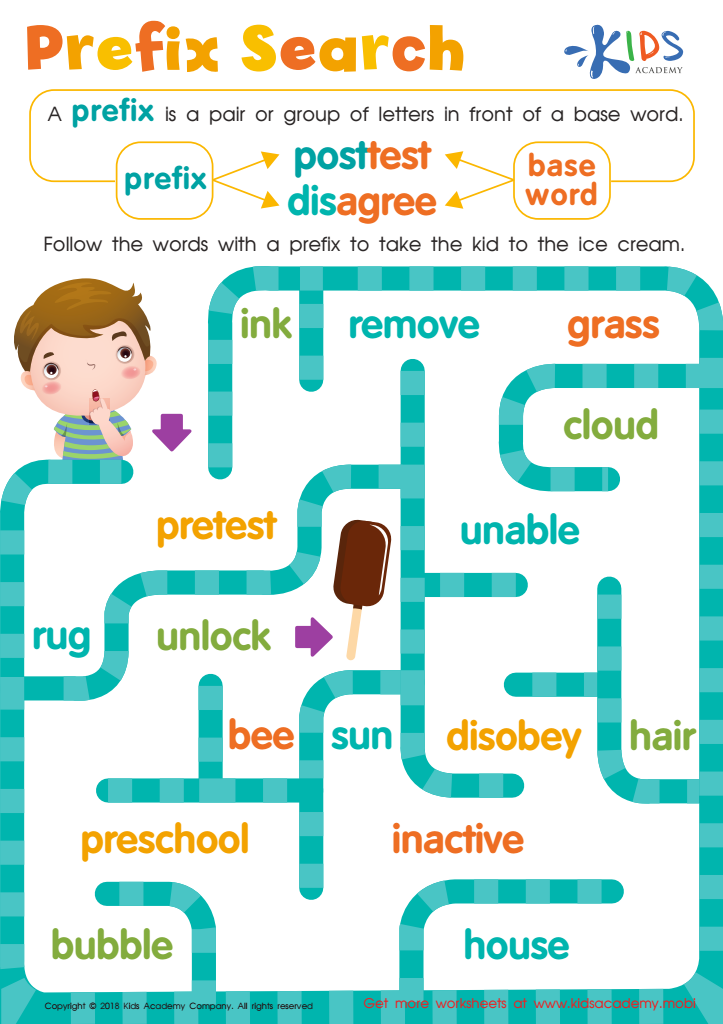

Reading: Prefix Search Worksheet
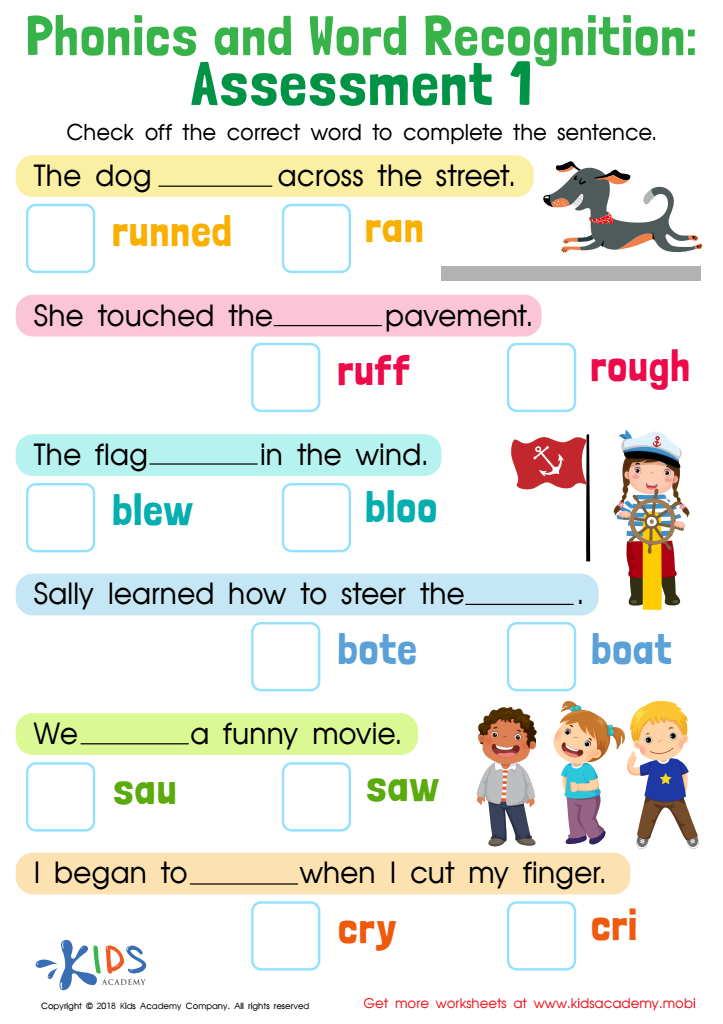

Phonics and Word Recognition: Assessment 1 Worksheet
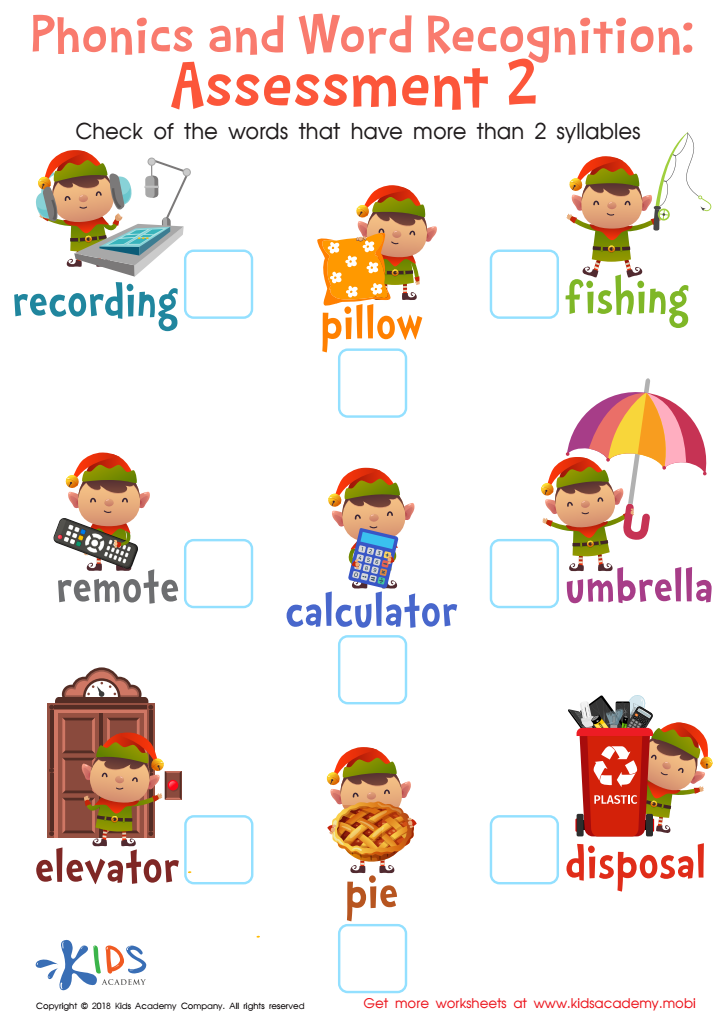

Phonics and Word Recognition: Assessment 2 Worksheet


Phonics and Word Recognition: Assessment 2
Word identification is a foundational skill in reading achievement for children aged 6-9, crucial for both parents and teachers to prioritize. At this developmental stage, children transition from learning to read to reading to learn. Proficiency in word identification enables them to recognize and understand words quickly, boosting reading fluency and comprehension. When a child can efficiently identify words, cognitive resources are freed to focus on extracting meaning from the text, rather than decoding individual words laboriously.
For parents, supporting word identification skills lays the groundwork for lifelong learning and academic success. By engaging in activities like reading aloud, playing word games, or encouraging daily reading habits, parents can directly influence their child’s love for reading and literacy skills.
Teachers play a pivotal role by implementing effective, evidence-based reading strategies in the classroom. Techniques such as phonics instruction, sight word recognition, and contextual guessing are essential tools. By providing a structured, supportive learning environment, teachers help students develop essential skills, fostering confidence and reducing the risk of reading difficulties.
In essence, a strong foundation in word identification during these formative years paves the way for academic success, enhanced self-esteem, and a lifelong passion for learning, making it a critical priority for both parents and educators.
 Assign to My Students
Assign to My Students








.jpg)
.jpg)










